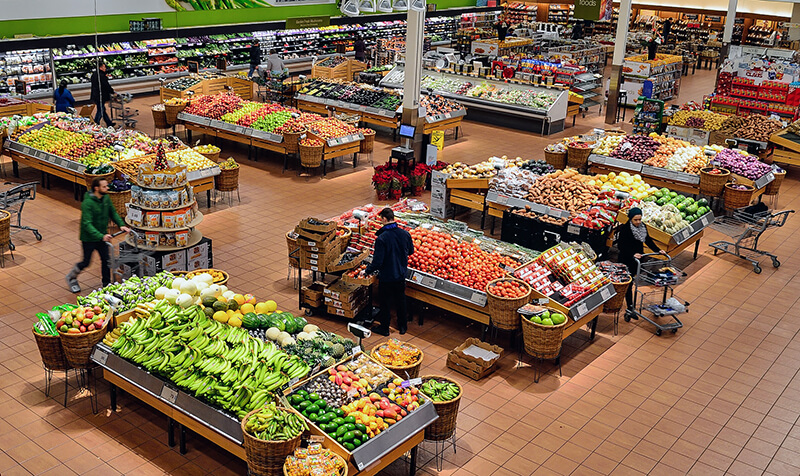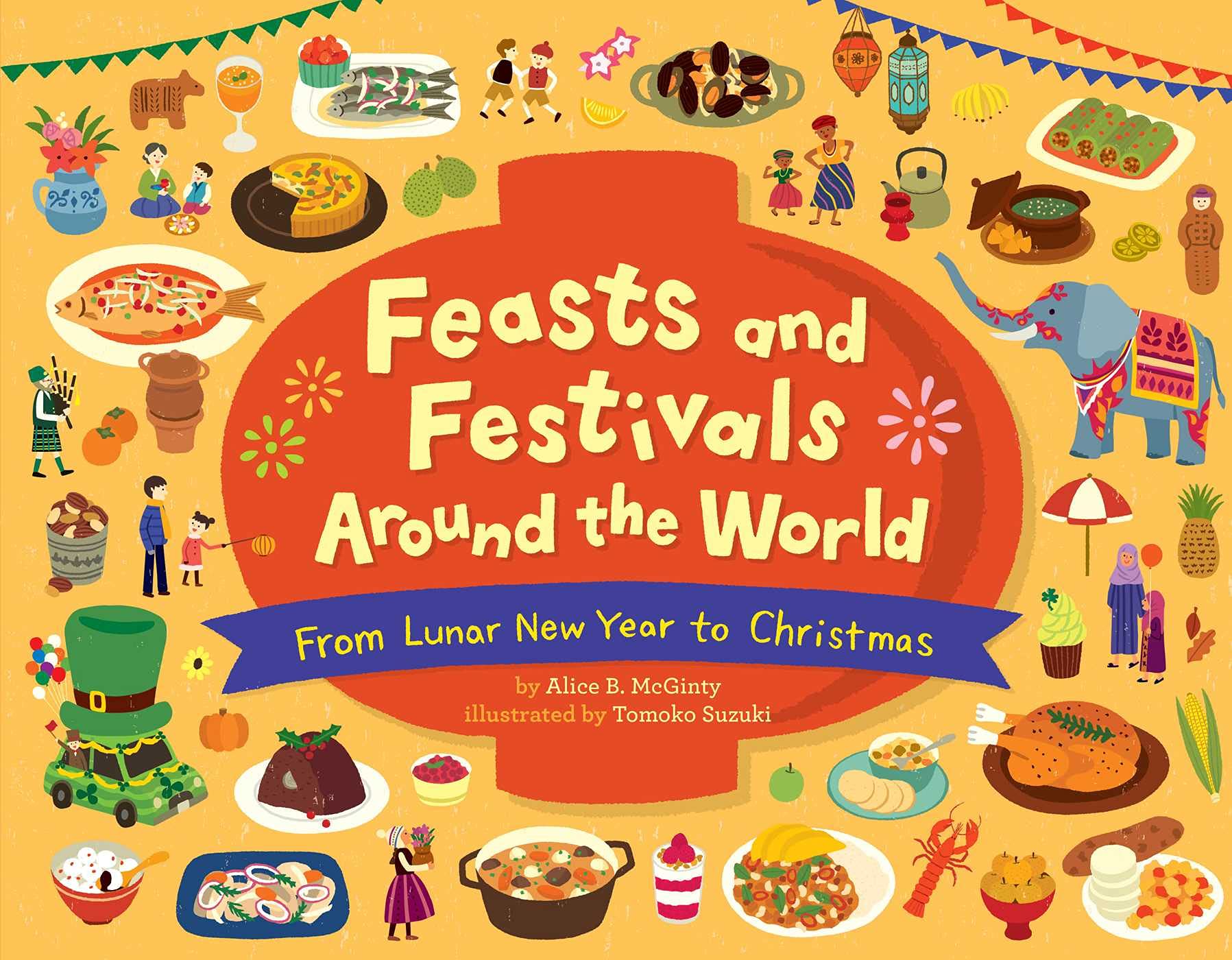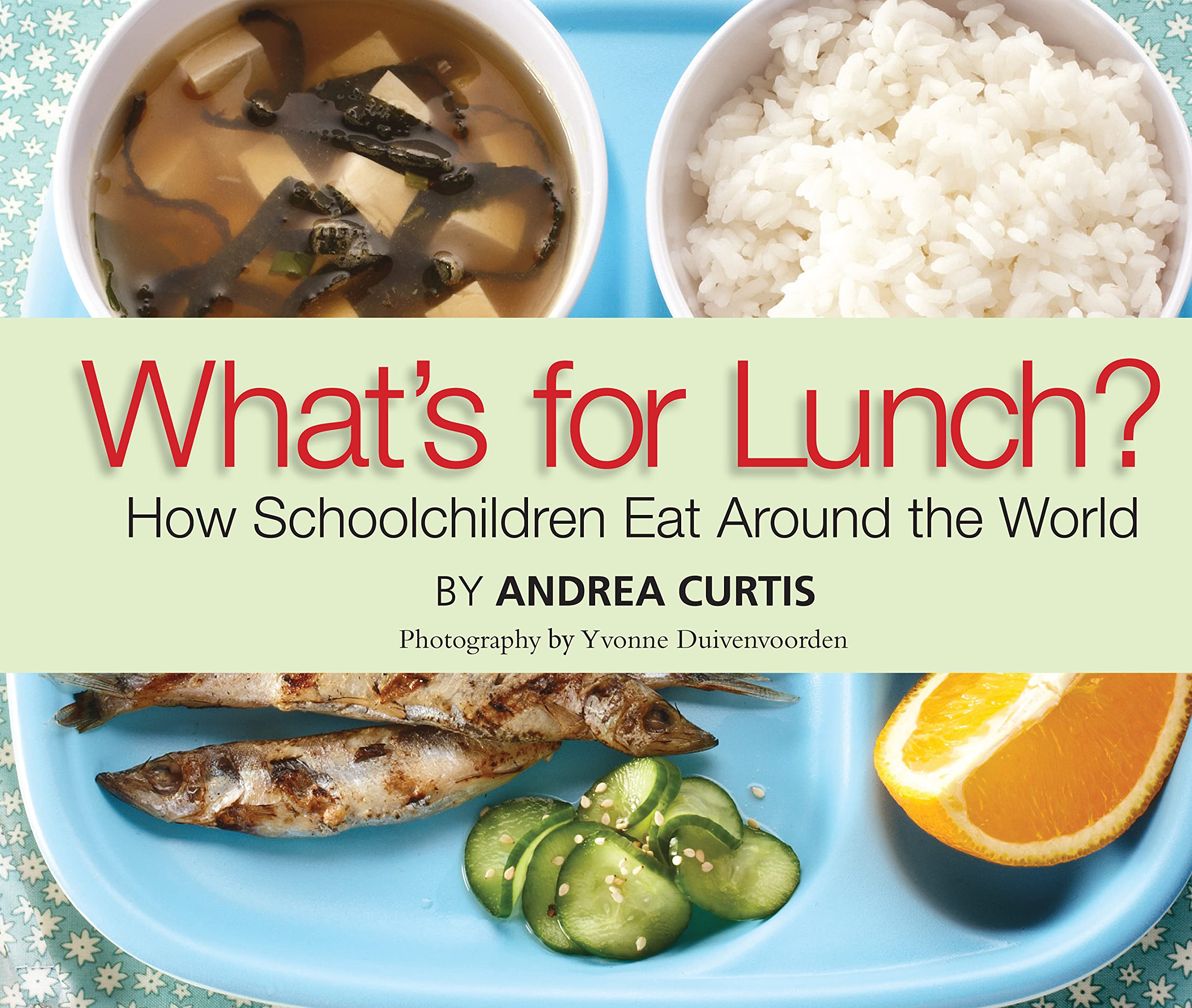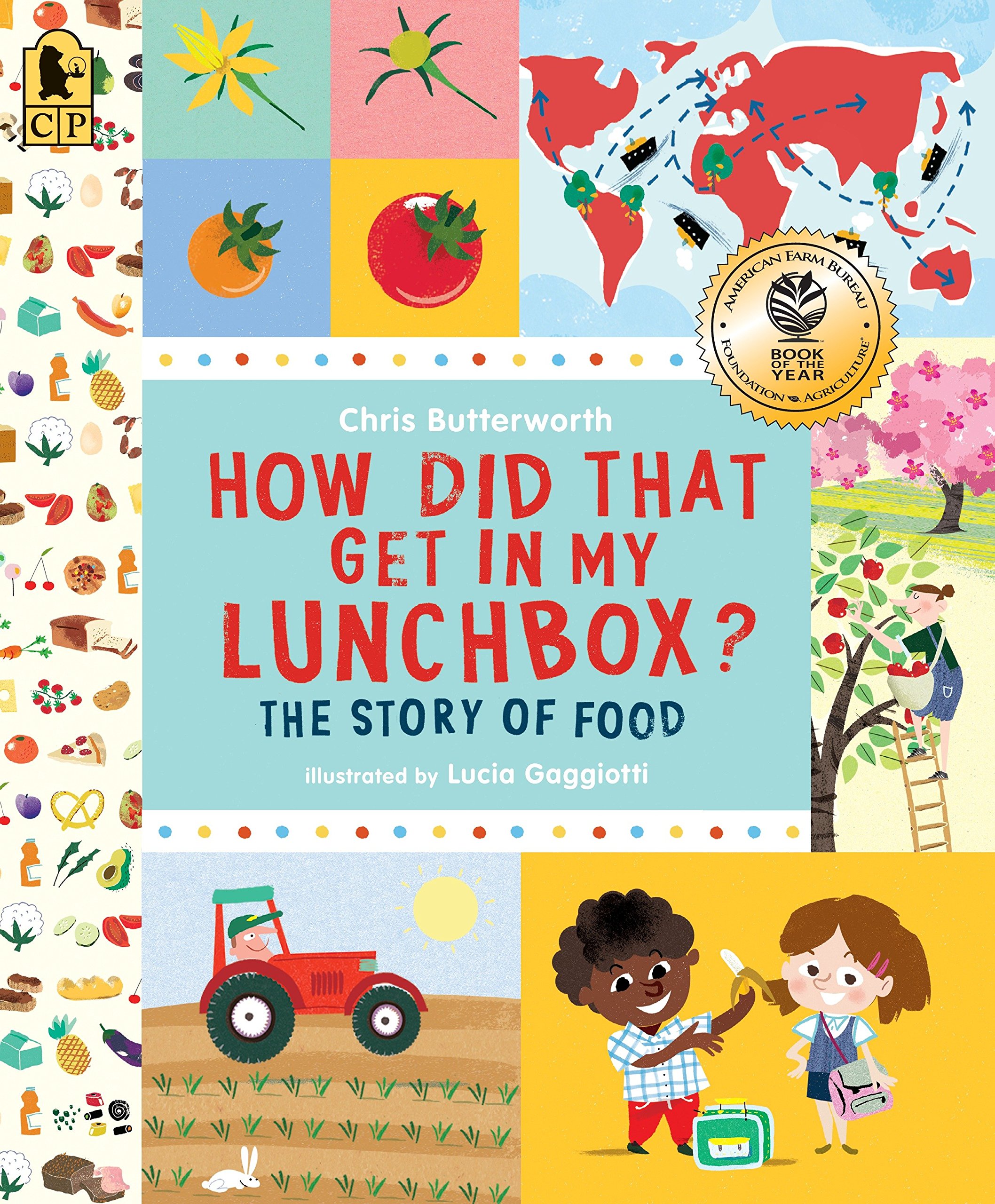Cultures, Food, and Communities Around the World (Grades K-2)
Students explore different cultures around the world and their unique traditions centered around food and its preparations. Students discover how food gets from the farm to the grocery store.

Background
Lesson Activities
Recommended Companion Resources
Credits
Author
Debra Spielmaker, Grace Struiksma, Sara Hunt, Bekka Israelsen, and Lynn Wallin | Utah Agriculture in the Classroom
Standards
Indiana Content Area Standards
-
English Language Arts.Kindergarten.RL.1
Actively engage in group reading activities with purpose and understanding.
- Key Ideas and Textual Support.K.RL.2.1: With support, ask and answer questions about main topics and key details in a text heard or read. Further guidance for support will be provided in the Literacy Framework.
-
English Language Arts.Kindergarten.RN.1
Actively engage in group reading activities with purpose and understanding.
- Key Ideas and Textual Support.K.RN.2.1: With support, ask and answer questions about important elements of a text (e.g., events, topics, concepts). Further guidance for support will be provided in the Literacy Framework.
-
English Language Arts.Kindergarten.SL.1
Listen actively and communicate effectively with a variety of audiences and for different purposes.
- Comprehension.K.SL.3.1: Ask and answer questions about key details in a text read aloud or information presented orally or through other media.
- Discussion and Collaboration.K.SL.2.1: Participate in collaborative conversations about grade-appropriate topics and texts with peers and adults in small and larger groups.
-
Social Studies. Kindergarten: Geography: Standard 3
Students understand that maps and globes are different representations of the Earths surface and begin to explore the physical and human geographic characteristics of their school, neighborhood, and community.
- K.3.5 Physical Systems: Describe and give examples of seasonal weather changes and illustrate how weather affects people and the environment.
- K.3.6 Human Systems: Identify and compare similarities and differences in families, classmates, neighbors and neighborhoods, and ethnic and cultural groups.
-
English Language Arts.Grade 1.RN.1
With support, read and comprehend nonfiction that is grade-level appropriate.
- Key Ideas and Textual Support.1.RN.2.1: Ask and answer questions about key details to clarify and confirm understanding of a text.
-
English Language Arts.Grade 1.RL.1
With support, read and comprehend literature that is grade-level appropriate.
- Key Ideas and Textual Support.1.RL.2.1: Ask and answer questions about main idea and key details in a text.
-
Social Studies. Grade 1: Geography: Standard 3
Students identify the basic elements of maps and globes and explain basic facts concerning the relationship of the sun to daily and seasonal weather. They identify selected geographic characteristics of their home, school, and neighborhood.
- 1.3.8 Human Systems: Compare cultural similarities and differences of various ethnic and cultural groups found in Indiana such as family traditions and customs, and traditional clothing and food.
-
Social Studies. Grade 2: Geography: Standard 3
Students locate their community, state and nation on maps and globes; identify major geographic characteristics of their local community; explore geographic relationships between the physical and environmental characteristics of their community; and compare neighborhoods in their community to those in other parts of the world/country.
- 2.3.4 Places and Regions: Compare neighborhoods in your community/region with those in other parts of the world.
- 2.3.6 Human Systems: Identify and describe cultural or human features on a map using map symbols.
-
English Language Arts.Grade 1.SL.1
Listen actively and adjust the use of spoken language (e.g., vocabulary) to communicate effectively with a variety of audiences and for different purposes.
- Comprehension.1.SL.3.1: Ask and answer questions about what a speaker says to clarify something that is not understood.
- Discussion and Collaboration.1.SL.2.1: Participate in collaborative conversations about grade-appropriate topics and texts with peers and adults in small and larger groups.
-
English Language Arts.Grade 2.RL.1
Read and comprehend a variety of literature within a range of complexity appropriate for grades 2-3. By the end of grade 2, students interact with texts proficiently and independently at the low end of the range and with scaffolding as needed at the high end.
- Key Ideas and Textual Support.2.RL.2.1: Ask and answer questions (e.g., who was the story about; why did an event happen; where did the story happen) to demonstrate understanding of main idea and key details in a text.
-
English Language Arts. Grade 2.RN.1
Read and comprehend a variety of nonfiction within a range of complexity appropriate for grades 2-3. By the end of grade 2, students interact with texts proficiently and independently at the low end of the range and with scaffolding as needed at the high end.
- Key Ideas and Textual Support.2.RN.2.1: Ask and answer questions about the main idea and supporting facts and details in a text to confirm understanding.
-
English Language Arts.Grade 2.SL.1
Listen actively and adjust the use of spoken language (e.g., conventions, vocabulary) to communicate effectively with a variety of audiences and for different purposes.
- Comprehension.2.SL.3.1: Determine the purpose for listening (e.g., to obtain information, to enjoy humor) and paraphrase or describe key ideas or details from a text read aloud or information presented orally or through other media.
- Discussion and Collaboration.2.SL.2.1: Participate in collaborative conversations about grade-appropriate topics and texts with peers and adults in small and larger groups.
 Read Feasts and Festivals Around the World by Alice B. McGinty to show the students examples of traditional foods people in other countries eat during different holidays. Use the following questions to guide a discussion:
Read Feasts and Festivals Around the World by Alice B. McGinty to show the students examples of traditional foods people in other countries eat during different holidays. Use the following questions to guide a discussion:
 Share the book What's for Lunch? by Andrea Curtis with your students. Show the students the photographs of lunches from different parts of the world. Discuss the contents of each lunch and the country where it is commonly eaten.
Share the book What's for Lunch? by Andrea Curtis with your students. Show the students the photographs of lunches from different parts of the world. Discuss the contents of each lunch and the country where it is commonly eaten. Read How Did That Get in My Lunchbox? by Chris Butterworth.
Read How Did That Get in My Lunchbox? by Chris Butterworth.